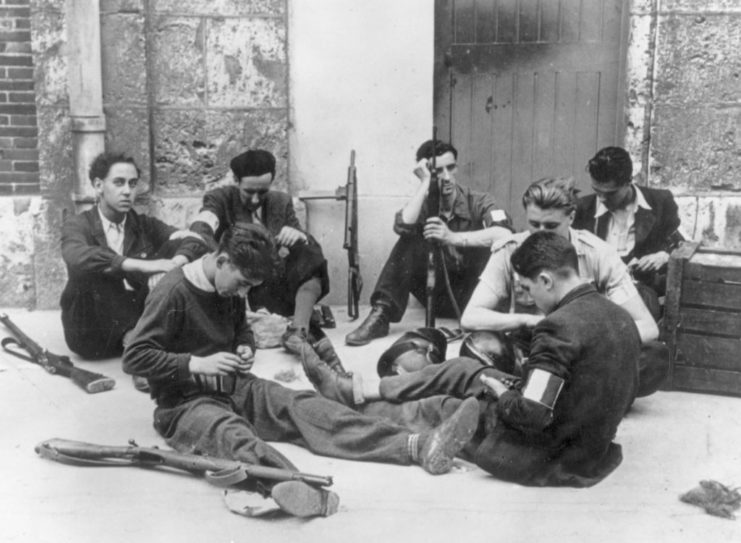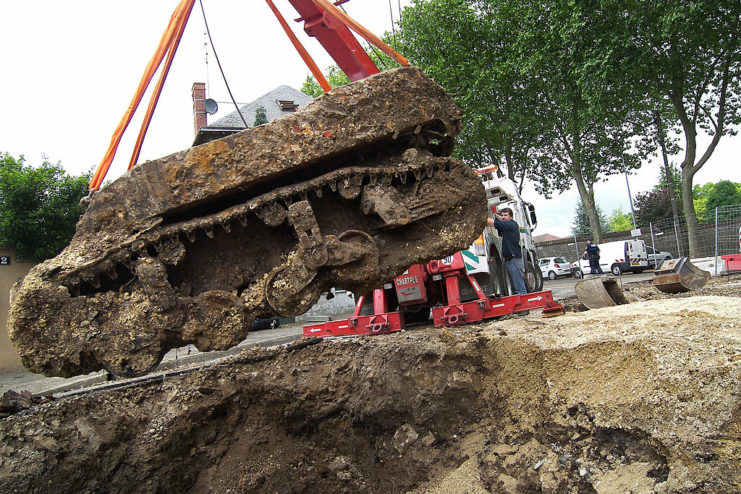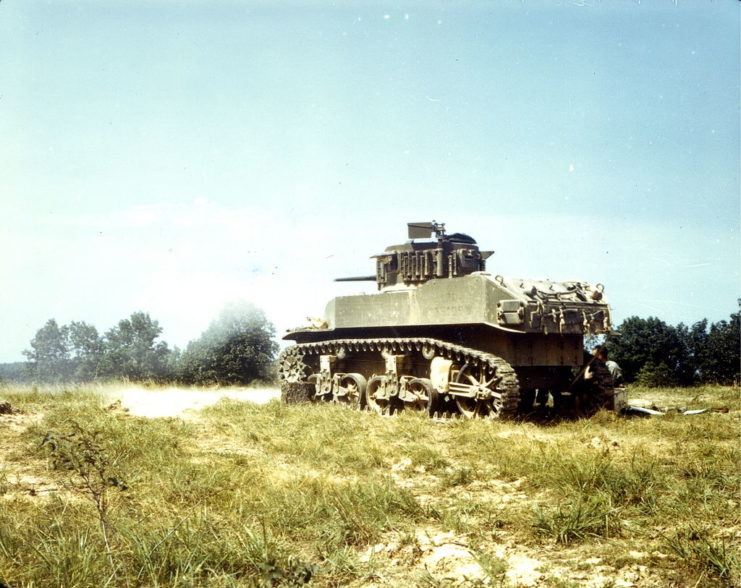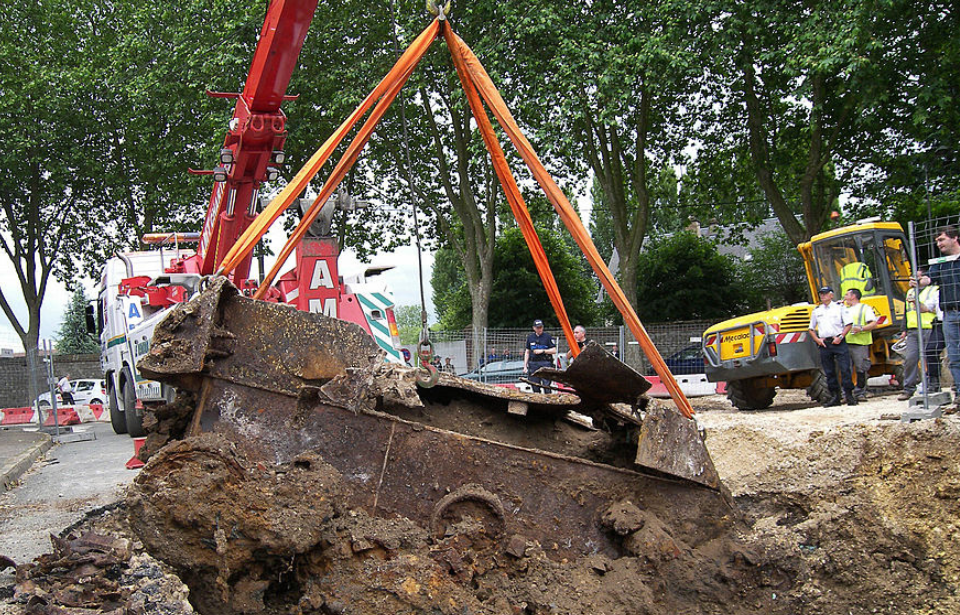During the six years that made up the Second World War, both the Allied and Axis powers deployed an astonishing number of troops and armaments. They engaged in countless battles throughout Europe and the Pacific, so it’s no wonder that, decades after the conflict’s conclusion, remnants continue to be found. The most common are hand grenades, mines and debris, but a discovery made by a group of French road workers in Chartres was something much larger and more incredulous.
Chartres during the Second World War
Chartres was the site of significant conflict during the Second World War. It was one of many European cities to suffer heavy bombings during the early years of the conflict, and it was also the site of intense fighting in August 1944, just over two months following the D-Day landings at Normandy.

It was the Americans that first arrived and began reconnaissance missions in the area, prior to launching an attack against the Germans. The city was liberated on August 18, 1944 by the Third Army’s 5th Infantry and 7th Armored Divisions. There were Free French members and resistance fighters involved, as well.
The fall of Chartres was just one of many of armed meetings between the Allies and Germans that eventually led to the liberation of Paris.
An amazing discovery beneath the streets of Chartres
A team of road workers in Chartres were conducting routine maintenance when they ran into what looked like a giant machine located deep in the area they’d dug up. They were unable to lift it with their truck, so used a mechanical digger to pry it from the ground. While they were able to get it out, they needed help from experts to figure out what it was.

According to them, it was a World War II-era American tank that had been used during the liberation of France. Astonishingly, they were able to find witnesses who remembered seeing this very vehicle during the liberation efforts, manned by US troops.
This M5 Stuart Light Tank, as they identified it, was part of the 31st Tank Battalion, 7th Armored Division, who helped with the liberation of Chartres. It was abandoned by the Americans during a reconnaissance mission, after it either slipped off its tracks or ran out of fuel. When the war was over, the locals simply buried it, instead of having it removed.
M5 Stuart Light Tank
The M5 Stuart Light Tank was developed by the Americans in 1942 as an improved version of the M3. As a result of the increased demand for radial aero-engines, which were in short supply, the US military wanted to design a tank that could operate with another engine. One developed by Cadillac, the V8, was eventually chosen to power the new vehicle, which also featured a redesigned hull.
By the end of the Second World War, a total of 2,074 vehicles had been produced. It was a good tank, but, compared to others, it was rather small.

More from us: K2 Black Panther: One of the World’s Most Expensive Tanks
It’s not unusual that the discovery made in Chartres was an M5 tank, given it was readily used by the Americans during their push through France. However, it was a poor match for enemy tanks, as it was only equipped with a 37 mm cannon, compared to the 88 mm ones many German tanks were equipped with.
